The great biologist D’Arcy Thompson said that “everything is the way it is because it got to be that way.” What he meant was that the best way to understand something is to study its history. Many other great thinkers have expressed similar ideas:
“People are trapped in history and history is trapped in them.” - - James Baldwin
“The past is never dead, its not even past.” - - William Faulkner
“If you don't know history, then you don't know anything. You are a leaf that doesn't know it is part of a tree. ” - - Michael Crichton
Nothing in biology makes sense except in light of evolution - - Theodosius Dobzhansky
The psychologist Paul Bloom points out that all humans have two histories living inside them. The first is the history of our species, written into our DNA and affecting our innate nature. The second history is the series of events surrounding our development and education from infancy through to adolescence and beyond. You can't understand the human mind in general, and individual human minds in particular, without knowing something about these histories.
I think the same is true for human movement. We can't really understand the nature of physical actions like crawling, walking, and running without knowing how they emerged on evolutionary and developmental time scales. This post offers some history of how these movements came into existence. It covers about 500 million years, so I promise I will only focus on the highlights. Why go back so far? When you zoom out, you can see patterns that are invisible when you look up close.
Evolutionary History
The basic body design for vertebrates was invented by fish about 525 million years ago: head at one end, tail on the other, and a stack of flexible vertebrae and ribs connecting them. Fish swim mostly through side bending of the spine back and forth. This moves the tail left and right and powers the fish forward through water. The fins on the sides don’t provide any forward propulsion, they are just there for steering.
But the fins started contributing to locomotion about 350 million years ago, when the first amphibians started “walking” in shallow water, and then a few feet onto land. They used their fins as proto-limbs to elevate their bellies just a little bit from the ground, as if they were doing a mini-pushup.
Although their limbs were primitive, they created a basic blueprint which is now shared by every four-limbed animal (tetrapod) on earth: one long bone (in a human the humerus or femur), connecting to two long bones (e.g. the radius/ulna or tibia/fibula), connecting to many small bones (e.g. the carpals or tarsals), connecting to five rays (e.g. the fingers or toes). See the picture below for more examples of how this basic formula (a homology) remains constant in a variety of modified forms, including the human body.
Some of the amphibians evolved into reptiles, which walk over land using the same side-bending spinal movement patterns as fish. Picture how an alligator walks: belly low to the ground, limbs splayed out the sides, with each forward step assisted by a sidewinding movement of the spine.
When some of these reptiles evolved into mammals, they made a key change to the locomotive pattern. Their feet moved directly under the body, so the limbs could support the bodyweight with less work.
With the belly now further away from the ground, the limbs were free to reach more directly forward and back with flexion/extension movements, instead of abducted out to the sides. And the spine could help them reach further through flexing and extending up and down instead of side to side. This is a much more powerful and efficient locomotive pattern. Picture the movement of a cheetah as it sprints: the spine alternately arches and rounds as the legs surge forward and back.
Interestingly, the shift to a flexion/extension based pattern of spinal movement in locomotion is preserved in water-based mammals like whales and dolphins. They swim by moving their tail up and down, not side to side like a fish. So their tails are horizontal, not vertical.
About 50 million years ago, some mammals moved into the trees and evolved into the first primates. The arboreal environment required a whole new set of hardware for movement, such as grasping hands and feet to grab branches, and mobile shoulders to reach branches and fruits at a variety of angles and distances. New software too: better vision and bigger brains for hand-eye coordination and manual dexterity.
Some of these primates walked on branches using all fours, others got around by leaping from branch to branch. Others (our ancestors) evolved a suspensory mode of locomotion called brachiation - hanging from overhead branches and swinging Tarzan-style from one to another. This required changes to the shoulder and trunk that remain with humans today: long arms, flexible rotating wrists, highly mobile shoulder joints, a more narrow and broad rib cage, a more upright (orthograde) posture, and scapulas that allow overhead reaching.
About 2 million years ago, some of these primates descended from the trees long enough to learn how to walk on two legs. Tree life had prepared them for this transition to verticality, because reaching a branch overhead requires an upright posture. Many apes can walk upright on two legs, but it is not an elegant thing. Human anatomy evolved to make bipedal locomotion highly efficient, if not speedy or agile, and we eventually became some of the best endurance runners on the planet. Although it is hard to believe, humans are rivals for horses at marathon distances. This talent for endurance running, along with a unique ability to throw, may have been an adaptation to long distance persistence hunting. Getting our arms free allowed us to carry weapons, water, food, babies, and tools long distances. Eventually, we also learned to dance, play instruments, invent sports, and move in a thousand other novel ways for both work and play. At some point our technologies improved so much that we began to move around more in virtual worlds like Zoom conferences and video games than the natural world, and many forgot where humans bodies came from and what they are for. (Hopefully this history is a good reminder.)
Developmental history
Here is a shorter story of gradual change to the human body that has striking parallels to the evolutionary story told above.1 It is about how human infants transform from helpless blobs into competent and versatile movers in just five or six years, without any training. Human embryos pass through developmental stages that are similar to the stages of evolution. Inside the womb, there is one stage where we have the equivalent of gills, and another where we look like little salamanders. When we are born, we wriggle on the ground like a fish out of water, but soon learn to push up on to our arms like the first amphibians.
Our first efforts at locomotion may look reptilian: body close to the ground, legs and arms to the sides. Our crawling improves when we shift to a more mammalian pattern, with the limbs underneath the torso. By the time we can crawl, many of us can also climb, because it’s a similar movement pattern, just directed vertically not horizontally. In fact, all kids can hang like monkeys from overhead supports by the time they are even a few months old.
Like the first primates, our first attempts at standing on two legs are stabilized by reaching for support from overhead objects, such as a couch or hand from an adult. Frequent transitions between sitting and standing trains a basic squat pattern, where the three major joints in the legs extend to push away from floor, just like the first amphibian did when they came on shore. The triple extension used in the squat is also the basis for jumping and running.
Like all other mammals, kids spontaneously engage in games of tag or navigating obstacles. This trains the fundamental skill of agility, which is the ability to rapidly change direction in response to a visual cue. Unlike most mammals, human toddlers spend a lot of time handling objects, which is a key skillset for humans. This gets them ready for tasks requiring hand eye coordination, such as throwing and skillful tool use.
As we get into adolescence we start taking these basic movement patterns - reaches, squats, gaits and object manipulations - and putting them together in various combinations to form the more complex movements used in sport, dance, or tool use. For example, most ball sports are combinations of running, agility, jumping, object manipulation, throwing and/or kicking.
Some lessons from history
What lessons can we learn from this history? One is that our ancestors moved through many different environments, and we retain at least some of the abilities they evolved. Each stage of evolution lead to adaptations that remain in one form or another. Our spines can bend side to side like a fish, we can walk on all fours like most land animals, and we can hang from branches like a primate. Our bodies are like a house that has been in construction for billions of years. Each new occupant did some remodeling, but the changes were gradual and cumulative. New rooms were added while others fell into disrepair, but the foundation was never torn down.
In some sense there are many different animals living inside us, and we have access to some of their physical abilities. This is one way to explain the incredible versatility of human movement. We're not the fastest or strongest runners, or climbers, or swimmers, but we can do all these movements and more. This is why there are so many different ways to exercise.
Of these, some ways to exercise will feel more meaningful than others, and this will be primarily for historical reasons, which may be either personal or evolutionary. For example, you may really enjoy playing basketball because of your personal history - it's something you enjoyed as a kid, you are a fan of the NBA, all your friends play, etc. And some exercises are meaningful simply because you are a human. Movements like walking, climbing, and swimming have inherent meaning because they relate to millions of years of history living inside your DNA. I like to remind myself of this when I go out for a run.
The above is rough excerpt from a a new book I'm working on. The working title is Healthy Movements for Human Animals. Each chapter will focus on a different movement like crawling, walking, running or throwing. For each, I will describe its history, and how to get better at performing it. I have no idea yet when I might be done but plan to share progress from time to time! Let me know what you think and make sure to subscribe to get access to future excerpts, which I will probably offer only to paid subscribers.
A short list of resources
Evolve Move Play by Rafe Kelley
Ancestral Movement by Simon Thakur
Nutritious Movement by Katy Bowman
MovNat by Erwan Le Corre
Your Inner Fish by Neil Shubin
The Story of the Human Body by Daniel Lieberman
Darwin’s Dangerous Idea by Dan Dennett
Dexterity and Its Development by Nicolai Bernstein
Body and Mature Behavior by Moshe Feldenkrais
A Dynamic Systems Approach to the Development of Cognition and Action by Esther Thelen
The idea that “ontogeny recapitulates phylogeny” is true in the sense that there are interesting parallels in development, but not in the sense that they are somehow mirror images of each other. See this Wikipedia article for more information.

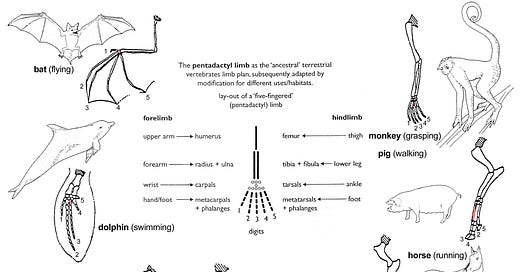


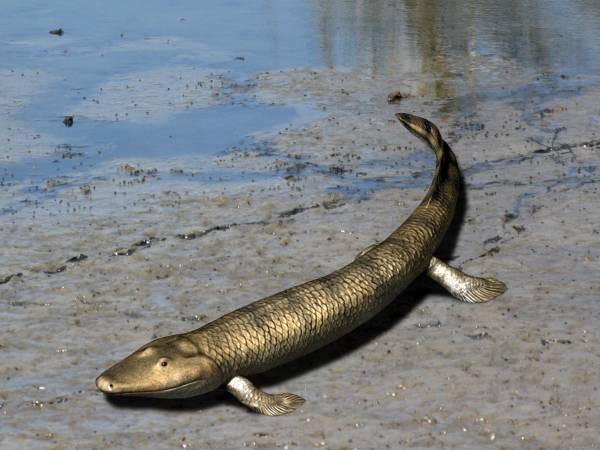

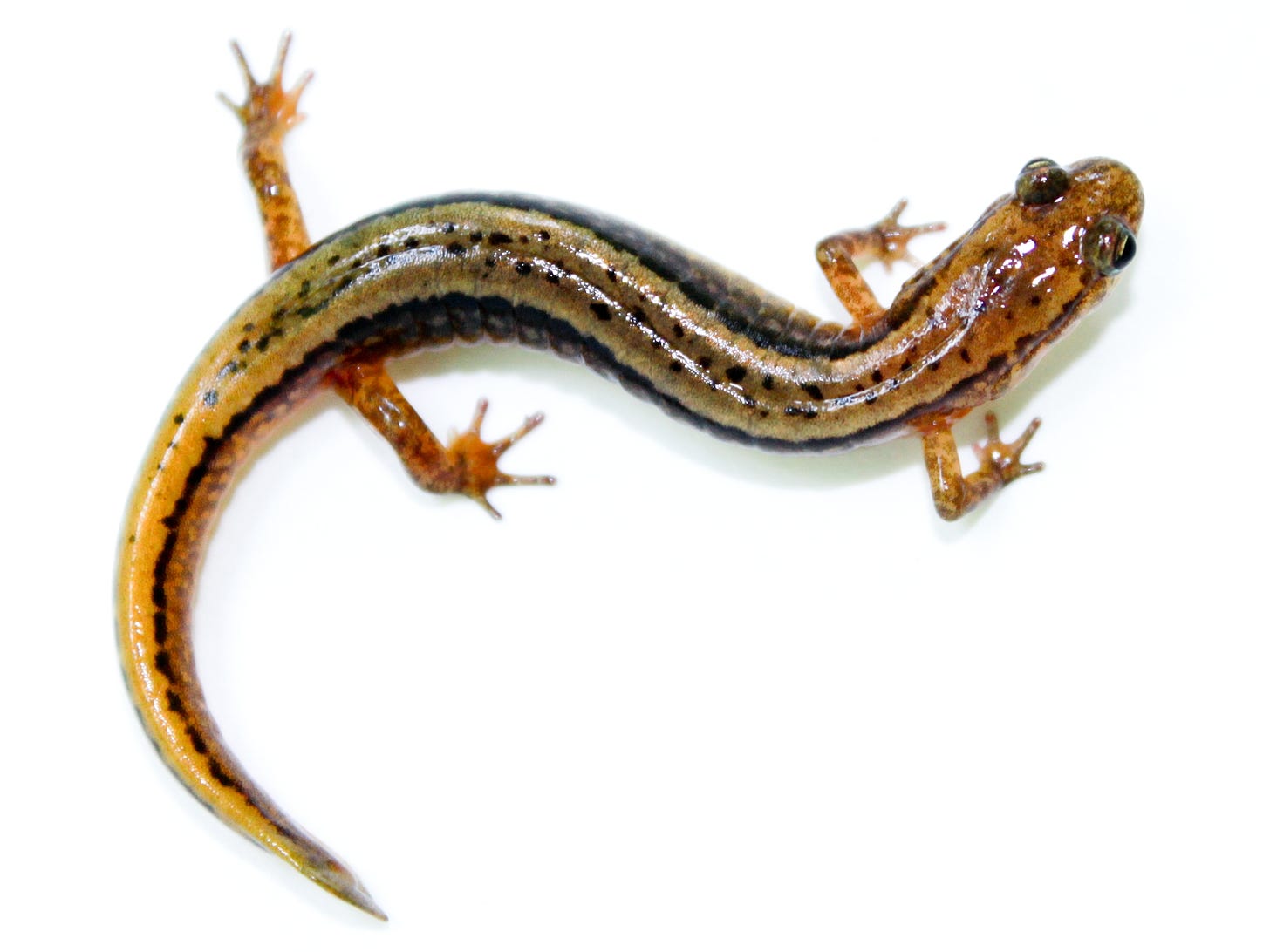

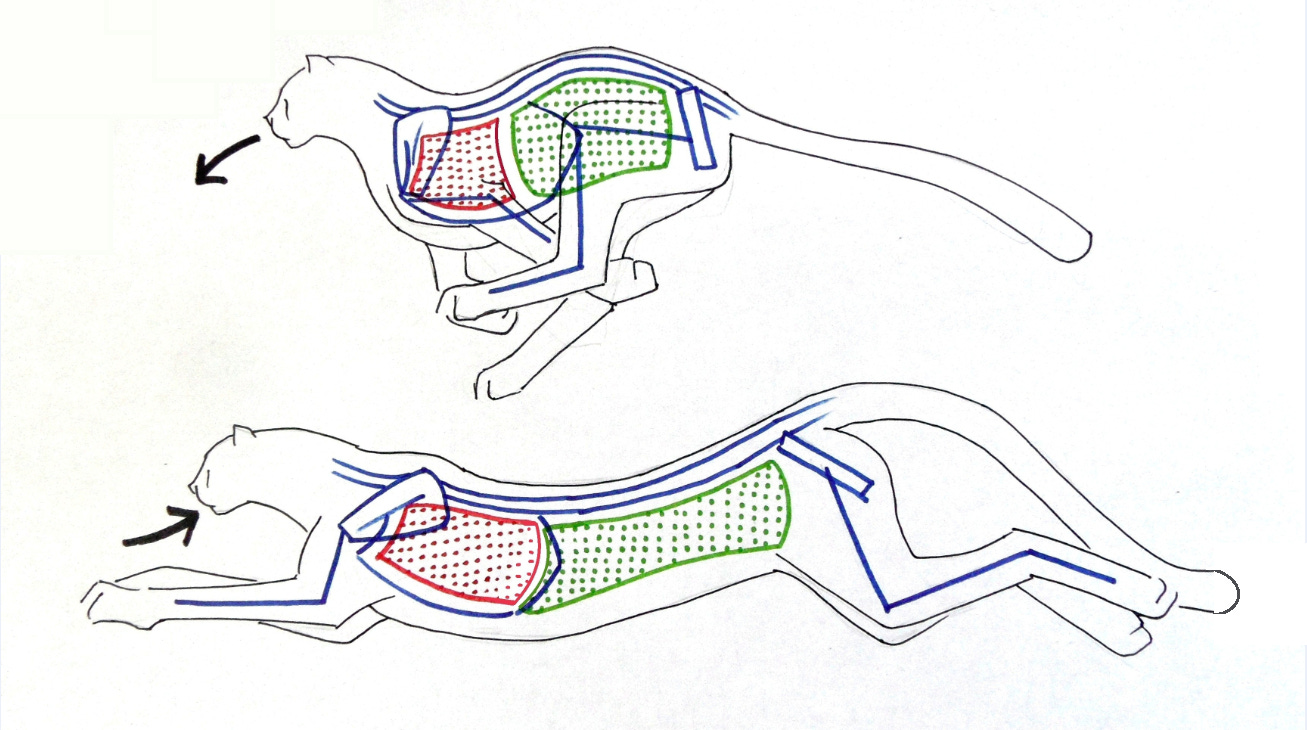
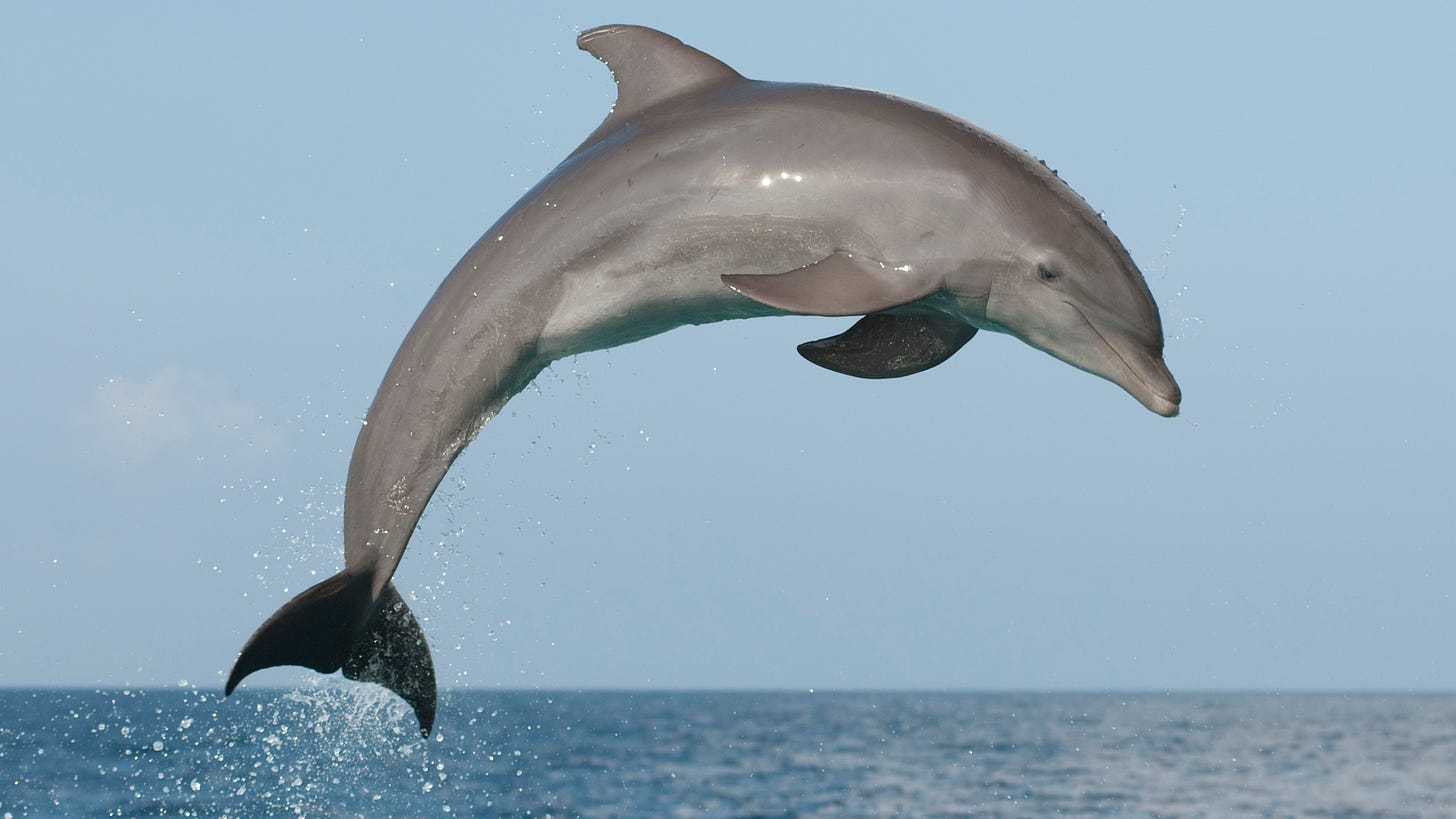
Absolutely fascinating. Thanks so much for sharing.
Hi Todd, you're working on a very interesting subject! It could be valuable to mention some relevant "reason why (hypothesis to be precise)" at least from my point of view. For instance: why did "fish"(first amphibians) start “walking”? Why flexion/extension spinal movement is preserved in water-based mammals like dolphin? ...
If I could, please consider in your list of resources the Philip Beach's book "Muscles and Meridians: the manipulation of shape".
Anyway, I can't wait to read your book! :-)